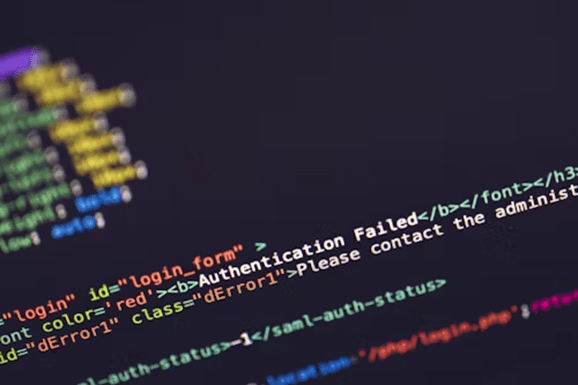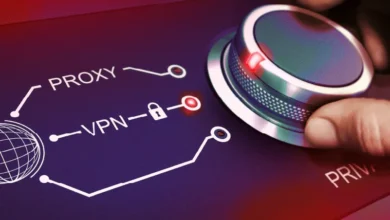Time For a New System? Why Credentials Verification is Bogus

It has long been accepted that certain types of credentials verification should be standard practice when it comes to job hires, apartment rentals, loans, etc. But is this type of verification still valid? Given the advancements that we have made with technology and various means of falsifying documents, the idea of asking for copies of utility bills in this day and age seems a bit silly.
But what is the alternative? Let’s take a look at the current facts, starting with what people usually ask for, and why the system needs replacing. Then we will look into what can be done to create a better system.
What kinds of credentials do people generally require?
If you are trying to rent an apartment, get a loan, pass a background check for various purposes, or go through many more processes that require verification, you often need to prove your credentials. This can include:
- Bank statements
- Past utility bills
- Copies of leases
- College diplomas
And much more still. While the need for these things is understandable, the process is quickly becoming dated. For one thing, many of these items are taking electronic form, so producing pieces of paper is becoming a thing of the past. And there are several other issues still.
Why current credentials checking is inadequate
There are many reasons why the current means of checking credentials really needs to go. This includes:
- The ease of falsifying documents. It used to be the case that fake documents could easily be distinguished from real ones. Funny typography, running ink, and shoddy-looking pictures made makeshift docs completely obvious. But now, with ways to generate bank statement and such easily available, you can come up with professional-looking docs that no one will even question.
- The rise of diploma mills. Diploma mills that produce fake degrees have become a huge industry. It used to be the case that there were obvious stand-out features of fake diplomas. University seals in particular are quite detailed, and fake diplomas would either be lacking in detail, or possibly missing altogether. But with new digital programs, people can recreate these seals with remarkable precision. And signatures can be replicated with ease, as well. So it is difficult to distinguish a fake rector’s signature from a real one.
- Time commitment. We should also keep in mind that people tend to be in a rush. It is all too easy for people to hastily flip through credentials and not look carefully at the details. Some landlords (hiring managers, etc) might skip this step altogether.
- Regulation discrepancy. When it comes to things like verifying university degrees, differences in national regulations can make it difficult for admissions departments to fit other countries’ credentials into their own systems. When the standards for judging vary, it becomes easier for applicants to get by with something inauthentic.
This last point also leads to a more general problem, which is lack of standardization in general. This can be an issue both internationally, and even locally because there isn’t a single system that people go by.
What is the alternative?
Given all of this, the obvious next question is how can we do better? And there are clear answers to this.
Create digital credentials
Even with the advancement of new technology, many governments (institutions, etc) haven’t yet gotten on board with digital credentials because of what they see as an overwhelming amount of work in changing huge systems. However, the results would really be worth it.
What might this mean in reality? First of all, more institutions and governments should start creating systems whereby biometric information is acceptable for verification purposes. This means could include several components:
- Digital fingerprints
- Facial recognition
- Voice recognition
- Iris scanning
And possibly other things too. In creating verification tools that use biometric data, the entities requiring verification could store any amount of information that they need to complete a given verification process. This could include things like financial and address verification, educational credentials, and more.
The use of blockchain
Another component to improved verification systems could be the use of blockchain. Blockchain has proven to be a superior system to old-style ones in many respects. It is far more secure than other types of systems, first of all. Also, information that gets put on a blockchain cannot be tampered with. So once a given data point gets included, it is there forever.
And blockchain is transparent. So the users that get included on a blockchain will have full access to the information that they need, and won’t have to worry about things getting lost.
We should start now
The time to start making these important changes is now. If we look at certain parts of the world that are still developing, many of them have fully gotten onto the digital bandwagon. Those of us that thought we “developed” after the war need to step back and take note of the fact that we are actually falling way behind in many respects. And things like verification are high on the list. If we take the time to start overhauling the system now, it will make life easier for everyone involved. No one should lose out on a new home because they can’t drum up an old utility bill.



